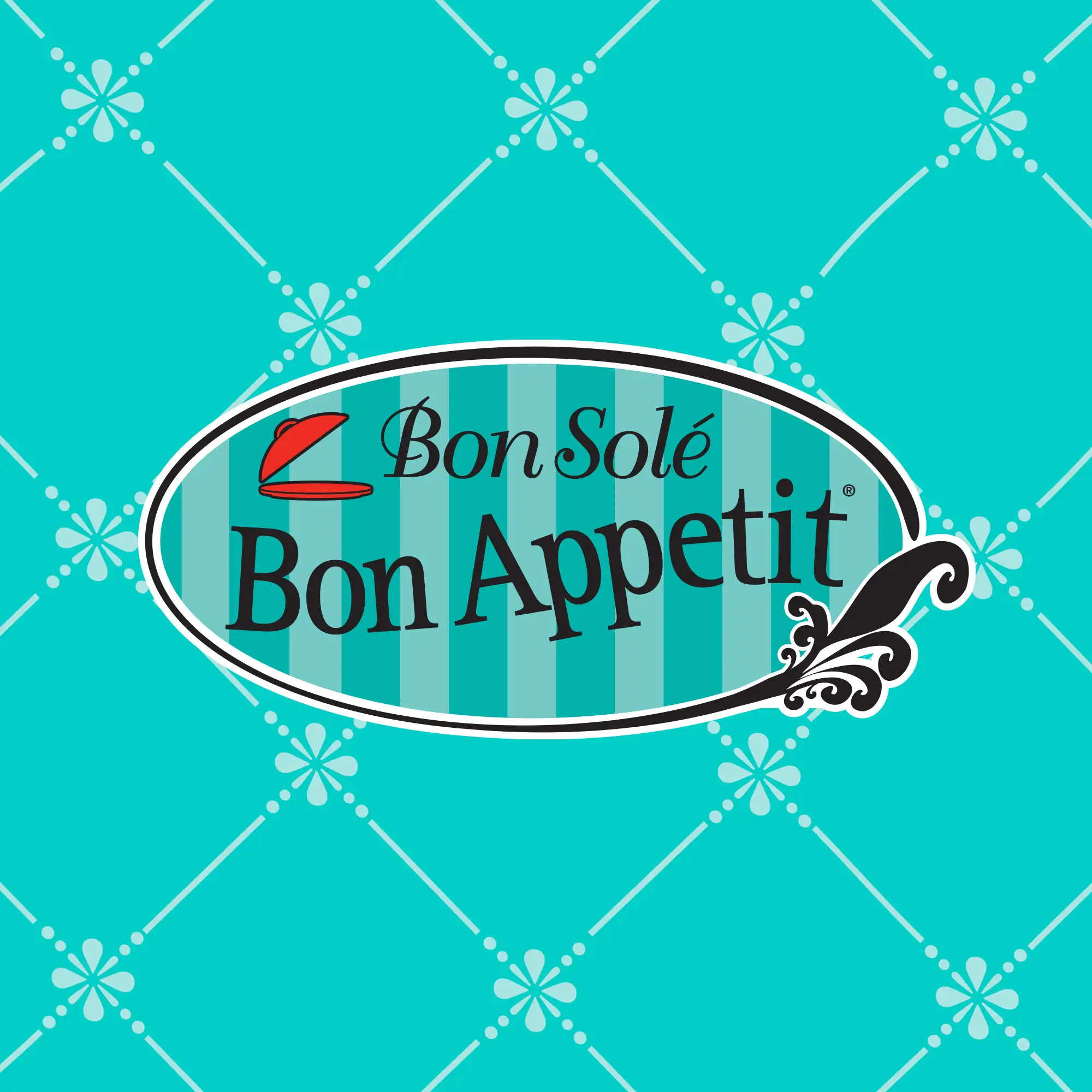The Brand
The essence behind the identity
The Brand
A Brand is an in-depth defined concept subject that expresses its purposes artistically.
Branding
Entity Creation
Brand Foundations
The 3 pillars of branding

The Brand Essence
The Brand’s character
Brand essence is the core characteristic that defines a brand. It is an intangible attribute that separates your brand from your competition’s brand by your audience. It is emotional and based on feelings. A brand essence is intangible for your audience, unique to your brand, and, most importantly, reliable.

Brand Identity
The Expression of the Brand
Brand identity is the visible elements of a brand, such as color, design, and logo, that identify and distinguish the brand in consumers’ minds. Brand identity is distinct from brand image. Designs its logo. Uses colors, shapes, and other visual elements in its products and promotions.

Brand Behavior
The Brand Interaction
Refers to the actions, values, and attitudes exhibited by a brand in its interactions with customers, employees, and the public. It encompasses the way a brand conducts itself, communicates, and fulfills its promises. Positive brand behavior often aligns with the brand’s values,.
EFFECTIVE BRANDING
Unlock the potential of your brand
Strategic branding solutions, creative design, and impactful marketing strategies. Let’s collaborate to elevate your brand identity and create a lasting impression. Contact us today to embark on a journey of brand transformation and growth.
CALL/DM
(310) 906-8849
More Logo Designs
Curious about our logo design prowess? Dive into our portfolio to explore a collection of our latest and greatest logo creations. Witness the artistry and innovation that define our design approach.
Complete Identity
Explore the possibilities with our Identity Service Bundle! Discover comprehensive solutions to enhance your brand’s visual appeal and coherence from logos to a complete suite of identity assets.






